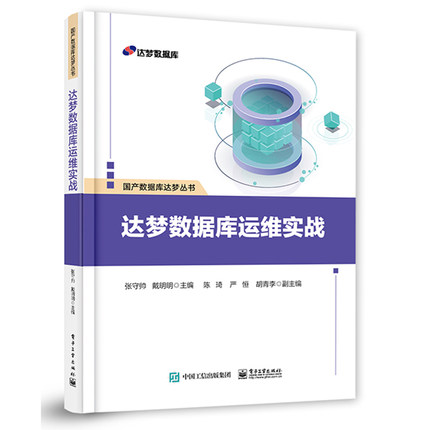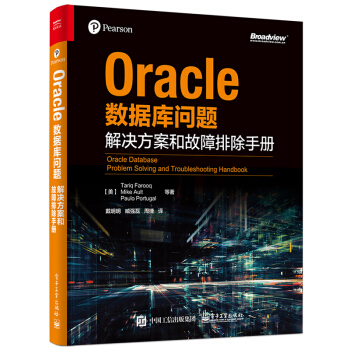New Feature on ASM (Automatic Storage Manager). [ID 249992.1]
New Feature on ASM (Automatic Storage Manager). [ID 249992.1] |
||
|
|
||
|
Modified 03-DEC-2009 Type BULLETIN Status ARCHIVED |
|
PURPOSE
-------
Automatic Storage Management is a file system and volume manager built into the database kernel that allows the practical management of thousands of disk drives with 24x7 availability. It provides management across multiple nodes of a cluster for Oracle Real Application Clusters (RAC) support as well as single SMP machines.
It automatically does load balancing in parallel across all available disk drives to prevent hot spots and maximize performance, even with rapidly changing data usage patterns.
It prevents fragmentation so that there is never a need to relocate data to reclaim space. Data is well balanced and striped over all disks. It does automatic online disk space reorganization for the incremental addition or removal of storage capacity.
It can maintain redundant copies of data to provide fault tolerance, or it can be built on top of vendor supplied reliable storage mechanisms. Data management is done by selecting the desired reliability and performance characteristics for classes of data rather than with human interaction on a per file basis.
ASM solves many of the practical management problems of large Oracle databases.As the size of a database server increases towards thousands of disk drives, or tens of nodes in a cluster, the traditional techniques for management stop working. They do not scale efficiently, they become too prone to human error, and they require independent effort on every node of a cluster. Other tasks, such as manual load balancing, become so complex as to prohibit their application.
These problems must be solved for the reliable management of databases in the tens or hundreds of terabytes. Oracle is uniquely positioned to solve these problems as a result of our existing Real Application Cluster technology. Oracle’s control of the solution ensures it is reliable and integrated with Oracle products.
This document is intended to give some insight into the internal workings of ASM. It is not a detailed design document. It should be useful for people that need to support ASM.
Automatic Storage Management is part of the database kernel. It is linked into $ORACLE_HOME/bin/oracle so that its code may be executed by all database processes.
One portion of the ASM code allows for the start-up of a special instance called an ASM Instance. ASM Instances do not mount databases, but instead manage the metadata needed to make ASM files available to ordinary database instances. Both ASM Instances and database instances have access to some common set of disks.
ASM Instances manage the metadata describing the layout of the ASM files. Database instances access the contents of ASM files directly, communicating with an ASM instance only to get information about the layout of these files. This requires that a second portion of the ASM code run in the database instance, in the I/O path.
Note:
1. One and only one ASM instance required per node. So you might have multiple databases, but they will share the same single ASM.
2. ASM is for DATAFILE, CONTROLFILE, REDOLOG, ARCHIVELOG and SPFILE. So you can use CFS for common oracle binary in RAC.
3. ASM can provide mirroring for files in a disk group.
4. In external redundancy disk groups, ASM does not mirroring. For normal redundancy, ASM 2-way mirrors files by default, but can also leave files unprotected. [Unprotected files are not recommended]. For high redundancy disk groups, ASM 3-way mirrors files.
5. Unless a user specifies an ASM alias filename during file creation, the file is
OMF. OMF files are deleted automatically when the higher level object (eg tablespace) is dropped, whereas non-OMF files must be manually deleted. Oracle is recommending to use OMF.
HOW TO USE ?
------------
Use DBCA to configure your ASM.
DBCA eases the configuring and creation of your database while EM provides an integrated approach for managing both your ASM instance and database instance.
Automatic Storage Management is always installed by the Oracle Universal Installer when you install your database software. The Database Configuration Assistant (DBCA) determines if an ASM instance already exists, and if not, then you are given the option of creating and configuring an ASM instance as part of database creation and configuration. If an ASM instance already exists, then it is used instead.
DBCA also configures your instance parameter file and password file.
Steps in DBCA:
1. Choose ASM disk.
2. Create diskgroup by choosing available disk.
3. While creating ASM you have choice of mirroring for files in a disk group and the options are like below
HIGH, NORMAL or EXTERNAL.
High -> ASM 3-way mirrors
Normal -> ASM 2-way mirrors
External -> If you have already mirror disk in H/W label like EMC or another third party
4. dbca will create a separate instance called "+ASM" which will be in nomount stage to control your ASM.
5. Choose your all datafile, controlfile, redolog and spfile to your ASM volume.
Preinstall:
Here DBA will create the ASM volume, so Sysadmin should give the ownership or
proper privs to DBA.
Example in LINUX
----------------
You have two disk say "/dev/sdf" and "/dev/sdg"
Determine what those devices are bound as raw:
$ /usr/bin/raw -qa
If not:
Include devices in diskgroups by editing /etc/sysconfig/rawdevices :
eg /dev/raw/raw1 /dev/sdf
/dev/raw/raw2 /dev/sdg
Set owner, group and permission on device file for each raw device:
$ chown oracle:dba /dev/raw/rawn, chmod 660 /dev/raw/rawn
Bind disk devices to raw devices:
$ service rawdevices restart
So from DBCA you can see the device "raw1" and "raw2".
After finishing of ASM volume creation, when you create a database on an ASM volume, you should see the file details using Enterprise Manager (EM). Or you can use V$ or DBA view to check the datafile name. Oracle recommended not to specify the datafile name while adding datafile or creating new tablespace, because ASM will automatically generate OMF file.
Note: If DBA's by mistake or intentionally choose the datafile name, dropping of tablespace, will not drop the datafile from ASM volume.
IMPORTANT VIEW in ASM
=====================
V$ASM_DISKGROUP
V$ASM_CLIENT
V$ASM_DISK
V$ASM_TEMPLATE
V$ASM_ALIAS
V$ASM_OPERATI
-------------------------------------------------------------------------------------------------------
Blog: http://blog.csdn.net/tianlesoftware
Email: dvd.dba@gmail.com
DBA1 群:62697716(满); DBA2 群:62697977(满) DBA3 群:62697850(满)
DBA 超级群:63306533(满); DBA4 群: 83829929 DBA5群: 142216823
聊天 群:40132017 聊天2群:69087192
--加群需要在备注说明Oracle表空间和数据文件的关系,否则拒绝申请
版权声明:本文为博主原创文章,未经博主允许不得转载。
oracle 11g




